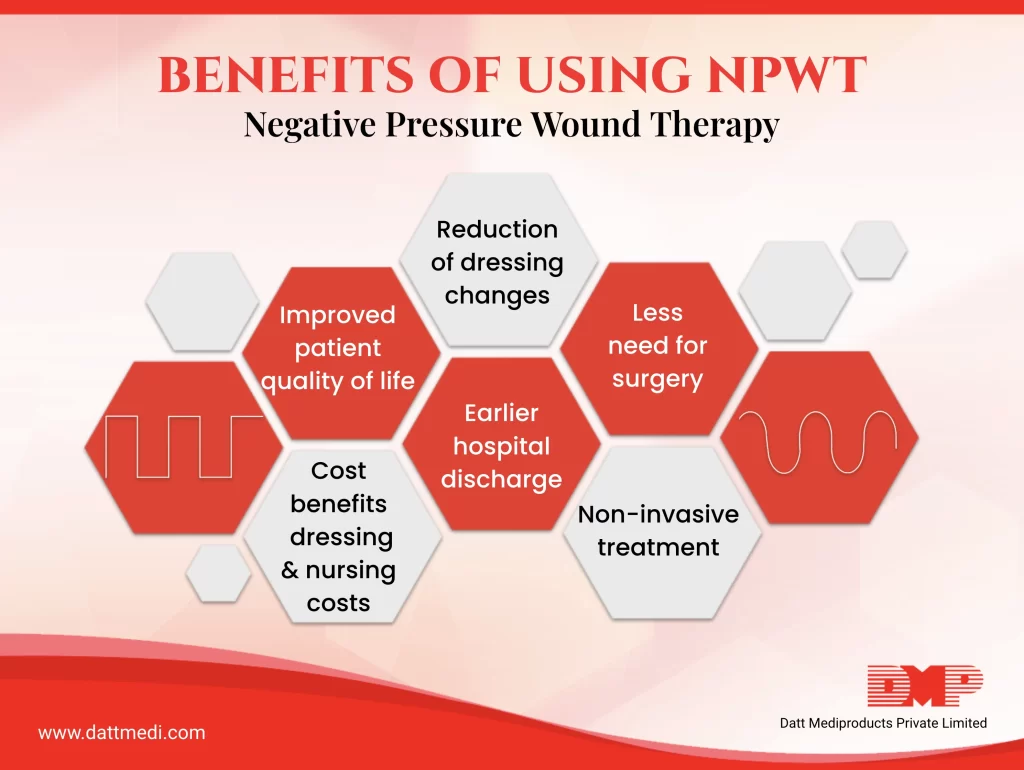
Wound Healing is a complex and dynamic process. It involves 3 to 4 distinctive phases in order to replace devitalised and missing cellular structures and tissue layers.
Wound healing is a normal biological process of human body.
(more…)

Wound Healing is a complex and dynamic process. It involves 3 to 4 distinctive phases in order to replace devitalised and missing cellular structures and tissue layers.
Wound healing is a normal biological process of human body.
(more…)
Sleep is an inevitable part of our lives. Nobody can live without sleep like we can’t live without food and water. Its an important part of our lives and we spend almost one-third of our time in sleep. A sound quality sleep is important to create new memories, concentrate and respond quickly.
Do you know that your need for sleep varies with your age?
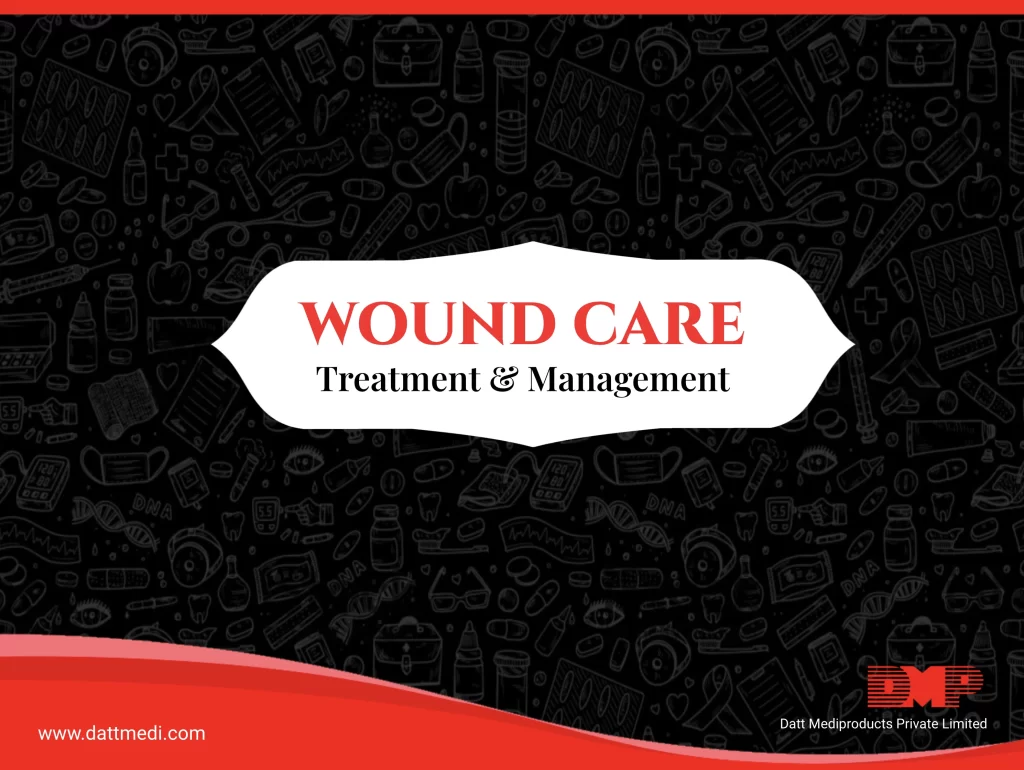
Minor scratches, scrapes, and cuts are a part of our everyday life. When our skin is injured, our body works to heal the wound. No two wounds are the same and thus different wounds require different attention and care.
Healing is delayed when wounds become infected with harmful microorganisms. If left untreated, there is a risk of the infection spreading to other body parts.
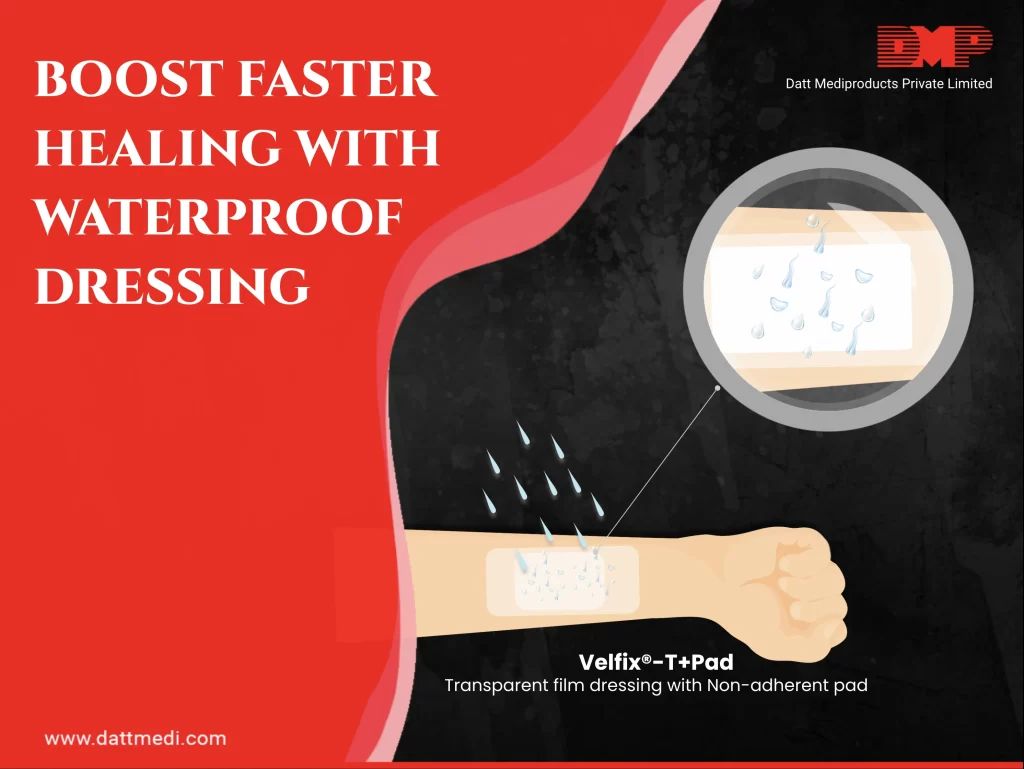
Waterproof dressings are transparent film dressings comprised of Polyurethane (PU) film coated with adhesive. They offer a transparent, waterproof film layer that serves as a bacterial barrier.
Although the dressings do repel water they are still porous and thus breathable. This aids in providing an environment that is moist, leading to faster healing. They are ideal for the protection of wounds as they seal out water, dirt and germs; therefore decreasing the chances of infection.
(more…)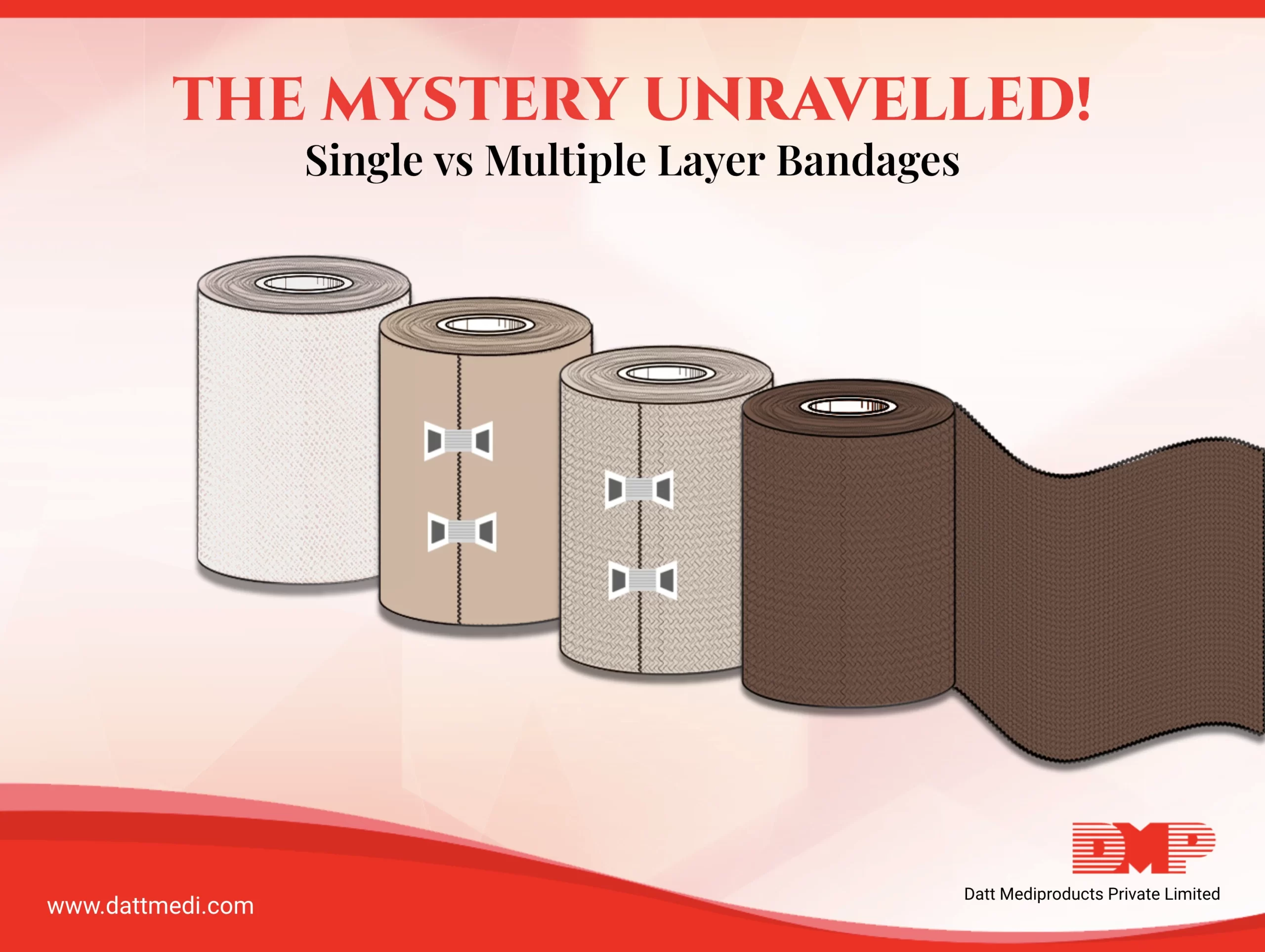
Have you always wondered, what is the difference in a single layer or multiple layer bandage?
What are Single Layer Bandages?
Single layer bandages, as the name suggests, are made up of one layer. They are normally used for treating superficial wounds. Cuts and burns can be treated properly with the help of single layer bandages.
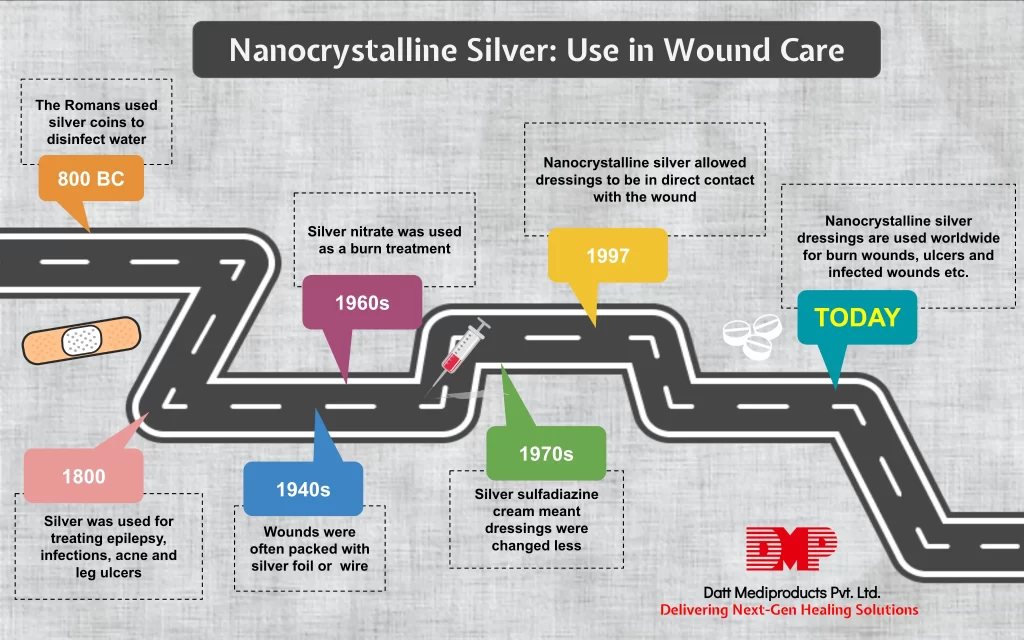
Silver has been used as an antimicrobial since the 1800s. But since the discovery of systemic antibiotics in the early 20th century, the use of silver had declined. In the last two decades, interest in silver for wound treatment has resurged. However, there are very few quantitative data available on the systemic absorption of silver and the associated clinical risk.